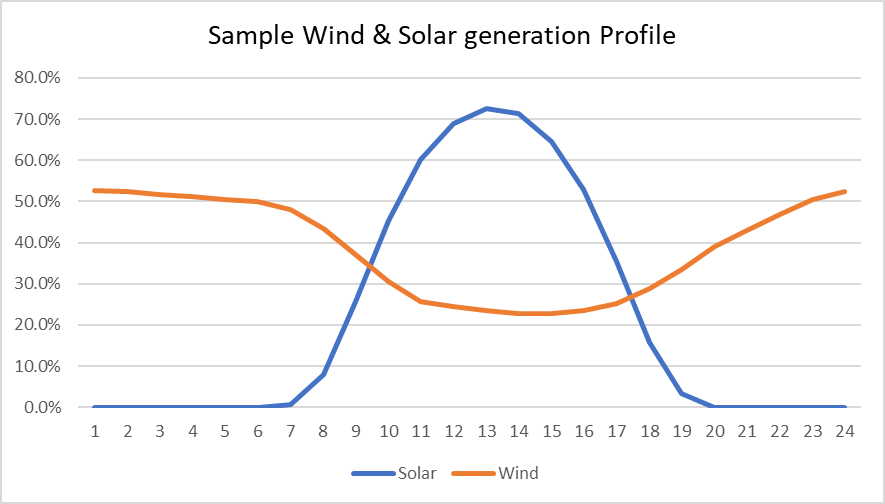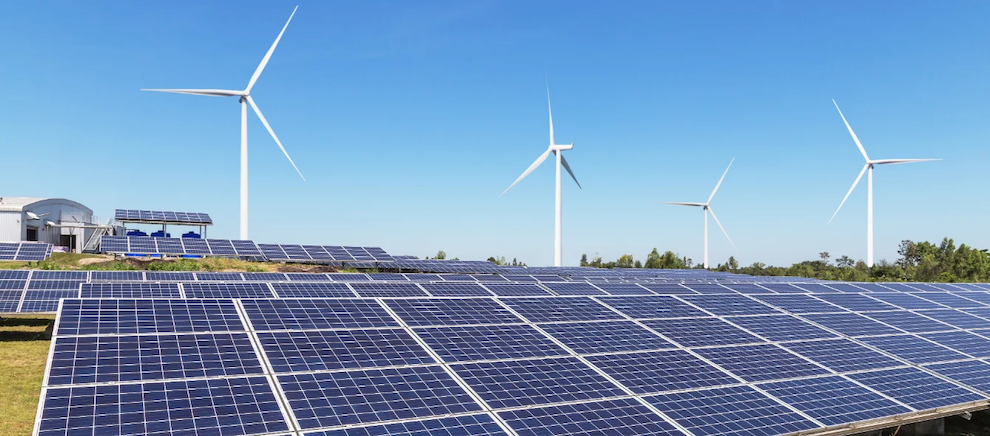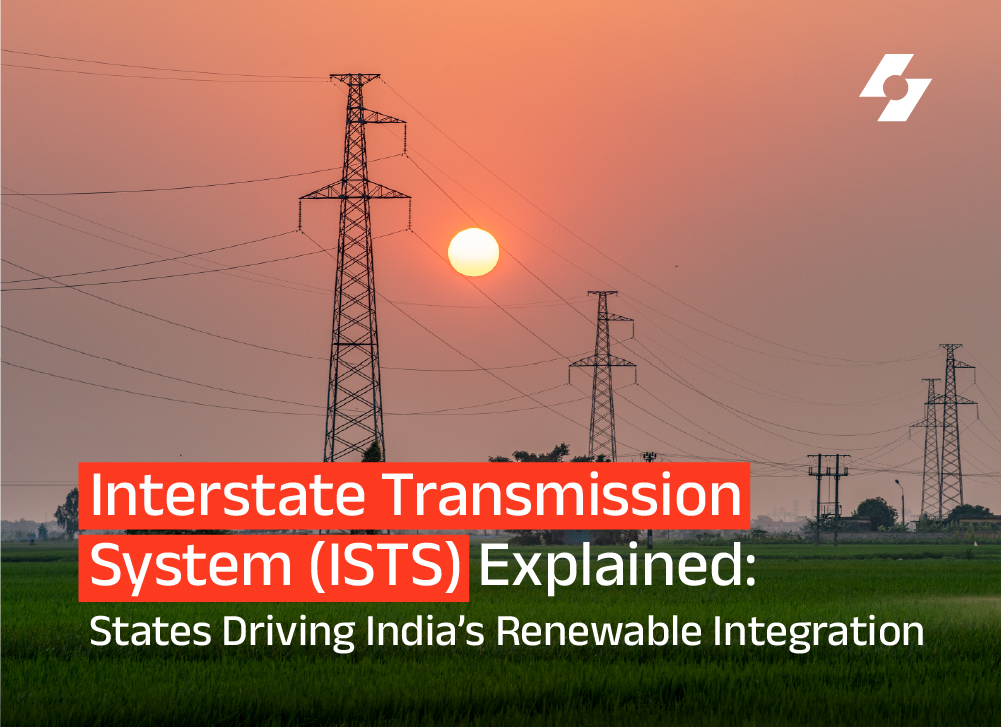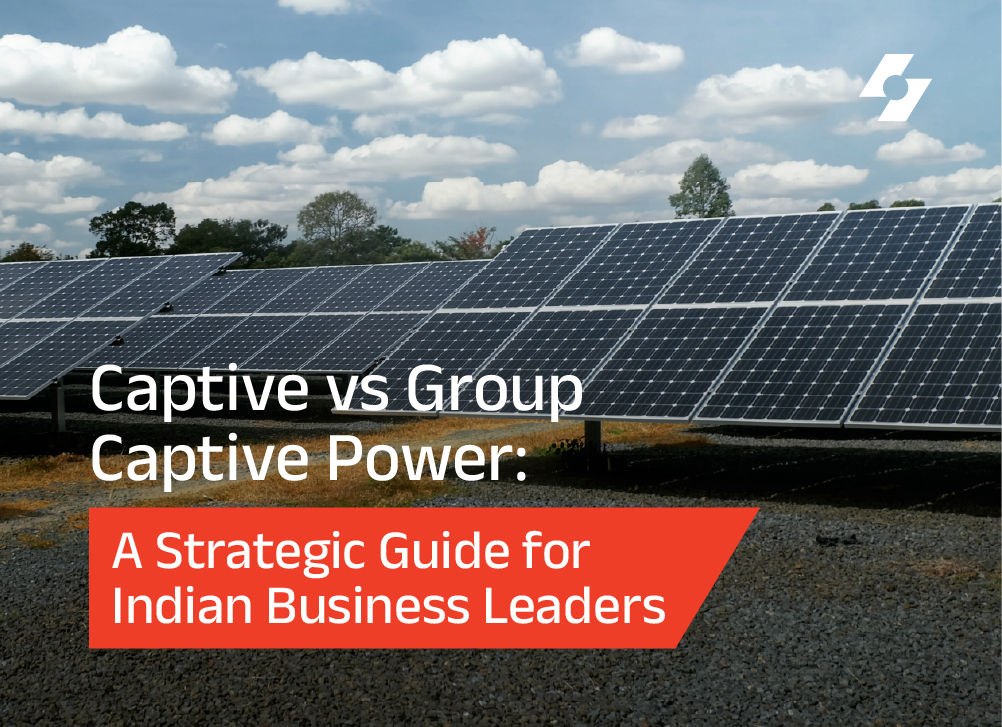The Emerging Potential of Hybrid Power Systems in India
Introduction
Hybrid power systems, combining solar and wind energy sources, are gaining traction as a viable solution for increasing the efficiency and reliability of renewable energy. Understanding the performance metrics, such as the Capacity Utilization Factor (CUF), is crucial for evaluating the potential of these hybrid systems.
Understanding Hybrid Power Systems
Hybrid power systems represent a synergistic frontier in renewable energy, capturing the combined potential of solar and wind power. India, graced with high solar irradiation averaging around 5 to 7 kWh/m² per day, has immense potential for solar energy generation. However, the utility of solar is primarily limited to daylight hours, typically from 6:00 AM to 6:00 PM, which restricts its capacity to provide round-the-clock power. Wind energy, while available 24 hours a day, is geographically contingent, with consistent generation confined to specific states that are exposed to conducive wind patterns. By integrating solar’s peak generation during the day with wind energy’s ability to produce power at night and during overcast conditions, hybrid power systems are engineered to offer a more consistent and efficient power generation solution. This complementary blend mitigates the intermittency inherent in both sources and paves the way for a more reliable and balanced energy supply, which is particularly suited to India’s diverse climatic and geographical tapestry.

test abcd
Understanding Hybrid Power Systems
Hybrid power systems represent a synergistic frontier in renewable energy, capturing the combined potential of solar and wind power. India, graced with high solar irradiation averaging around 5 to 7 kWh/m² per day, has immense potential for solar energy generation. However, the utility of solar is primarily limited to daylight hours, typically from 6:00 AM to 6:00 PM, which restricts its capacity to provide round-the-clock power. Wind energy, while available 24 hours a day, is geographically contingent, with consistent generation confined to specific states that are exposed to conducive wind patterns. By integrating solar’s peak generation during the day with wind energy’s ability to produce power at night and during overcast conditions, hybrid power systems are engineered to offer a more consistent and efficient power generation solution. This complementary blend mitigates the intermittency inherent in both sources and paves the way for a more reliable and balanced energy supply, which is particularly suited to India’s diverse climatic and geographical tapestry.
CUF (Capacity Utilization Factor) in Hybrid Systems
CUFs (Capacity Utilization Factor) is a critical measure in assessing the performance of power plants. It is the ratio of the actual energy produced to the maximum possible energy that could be generated under ideal conditions over a specified period.
Solar Plants
Solar plant CUFs (w.r.t. to the DC capacity) are typically in the range of 17-21%, influenced by factors like location, solar irradiation, PV technology and the use of mounting structure. The CUF can be enhanced with the help of setups like seasonal tilt and trackers, which changes the orientation of the solar panels throughout the day to maximise energy capture.
Wind Plants
The Capacity Utilization Factor (CUF) for wind plants usually spans between 32-39%, a range that underscores the variability and dependence on several critical parameters. The CUF of a wind plant primarily depends on Mean wind speed at the turbine hub height, the technology of the turbine, the location of the wind farm, the topography and altitude of the site etc. Well-sited wind farms that capitalize on optimal wind conditions and advanced turbine technology can achieve higher operational efficiency, translating into a more favourable CUF and thus more efficient energy production over time.
Hybrid Plants
Hybrid systems leverage the complementary nature of wind and solar generation. According to the National Wind-Solar Hybrid Policy in India, a wind-solar plant will be recognized as a hybrid plant when it has a combination of wind and solar power with at least one of the two sources being a minimum of 25% of the rated power capacity of the other source. This is to ensure that the hybrid plant takes advantage of both solar and wind energy generation to provide a more stable and consistent power output, effectively utilizing the infrastructure such as land and transmission systems. Hybrid systems are particularly effective in locations like Rajasthan, which is ideal for setting up a wind power plant due to its favorable wind conditions and abundant solar energy potential.
While the exact CUF can vary based on the specific location, technology used, and the ratio of wind to solar capacity, hybrid plants can generally achieve a CUF in the range of 40-60%.
The sizing of the components of a hybrid plant depends mainly on the required CUF for the contracted capacity. For example, for a contracted capacity of 100 MW, installing solar and wind in same ratio (100 MW solar + 100 MW wind) would roughly achieve a CUF of 50% against the contracted capacity. We are assuming solar CUF of 19% and wind CUF of 34%.
Advantages of Hybrid Power Systems
- Enhanced Energy Reliability: By combining wind and solar, hybrid systems can offer more consistent energy output, compensating for the variability of each source.
- Optimized Energy Production: The ability to balance solar and wind contributions allows for maximizing energy production, particularly in areas with variable wind and solar patterns.
- Increased Efficiency: Hybrid systems can achieve higher overall CUFs, making them more efficient in energy production.
- Better Land Utilization: Co-locating wind and solar plants can lead to more efficient use of land, especially in areas where space is a premium.
Challenges and Considerations
- Technical Complexity: Designing and managing a hybrid system can be more complex than dealing with a single energy source.
- Initial Investment: The upfront cost of setting up a hybrid system can be higher due to the need for multiple types of energy-generating equipment.
- Regulatory and Policy Frameworks: Navigating the regulatory landscape for hybrid systems can be challenging, as policies may not yet be fully adapted to these innovative setups. But we are witnessing encouraging developments in this space as various state governments are also releasing a more inclusive RE policy (which focuses on plain solar, plain wind and hybrid wind-solar setups). Rajasthan, Gujarat and Tamil Nadu have recently come up with the RE policy to give a special boost to hybrid installations in these states.
Conclusion
Hybrid power systems represent a significant advancement in renewable energy technology, offering a solution to some of the key challenges faced by standalone solar or wind systems. With their ability to provide more reliable and efficient energy generation, hybrid systems are poised to play a crucial role in the future of renewable energy. However, their success will depend on continued technological advancements, supportive policies, and economic feasibility.
For corporations and industries looking for hybrid power solutions, partnering with a technically strong and experienced service provider like Sunsure Energy can be a strategic decision. Sunsure Energy, with its expertise in renewable energy solutions, offers comprehensive support for hybrid power both for Intrastate and Inter State Transmission System. Our tailored approach ensures that businesses not only meet their energy requirements efficiently but also contribute to the broader goal of sustainable energy development in India.
As the renewable energy landscape evolves, hybrid systems will undoubtedly become an increasingly important part of the global energy mix.




